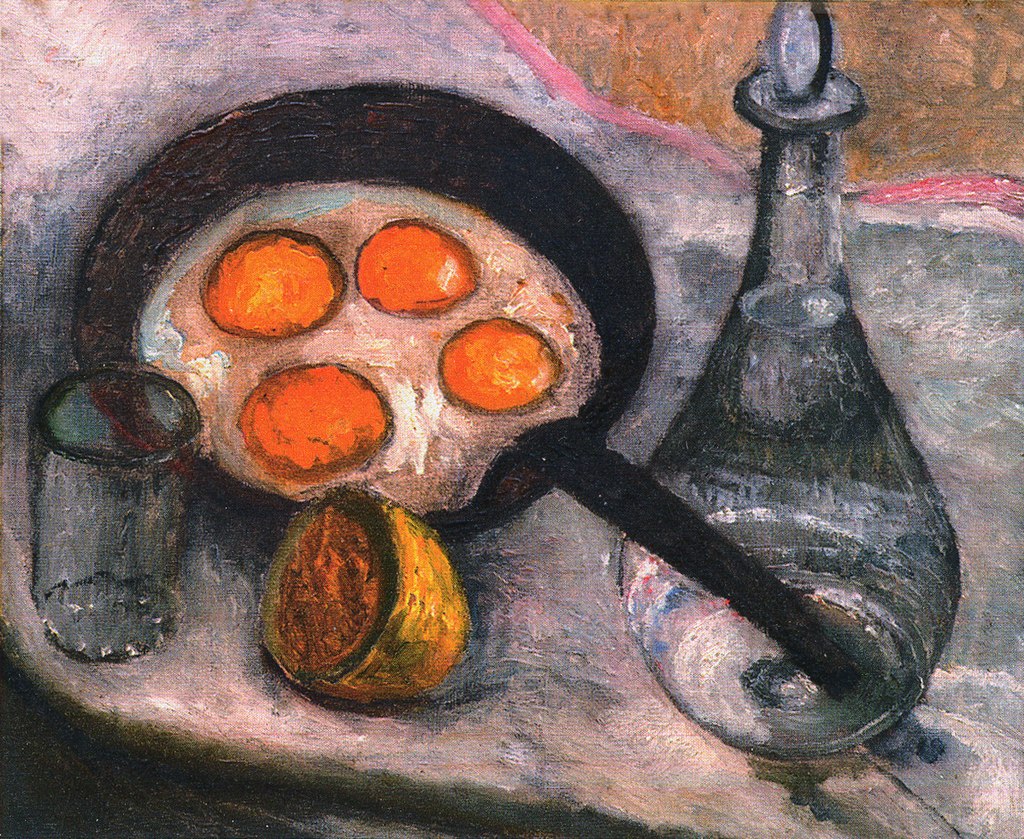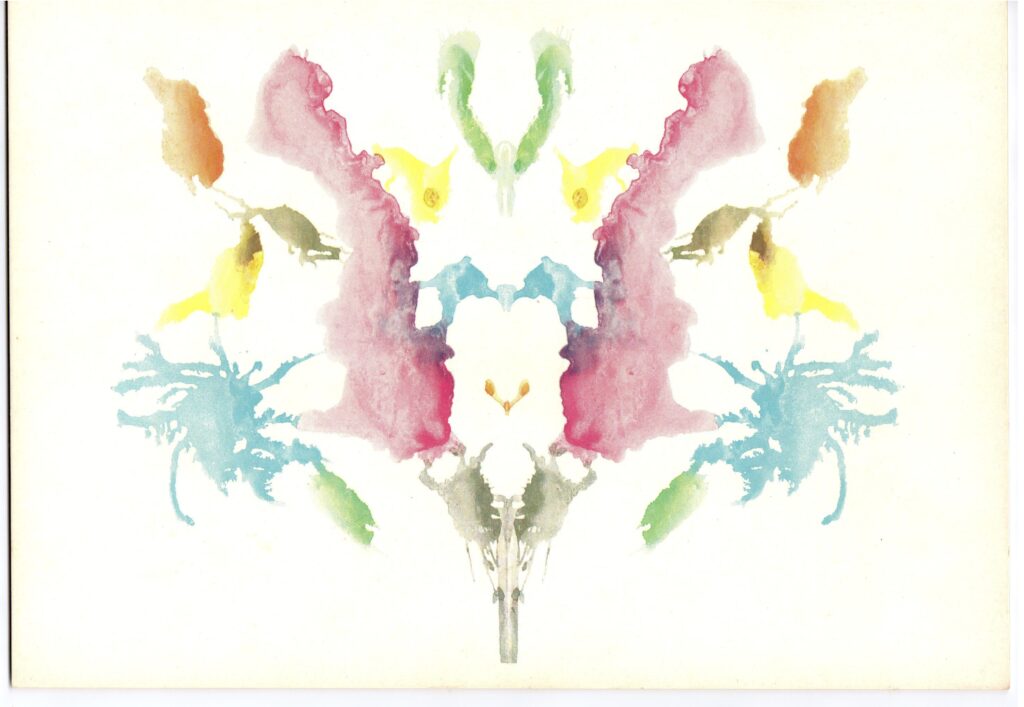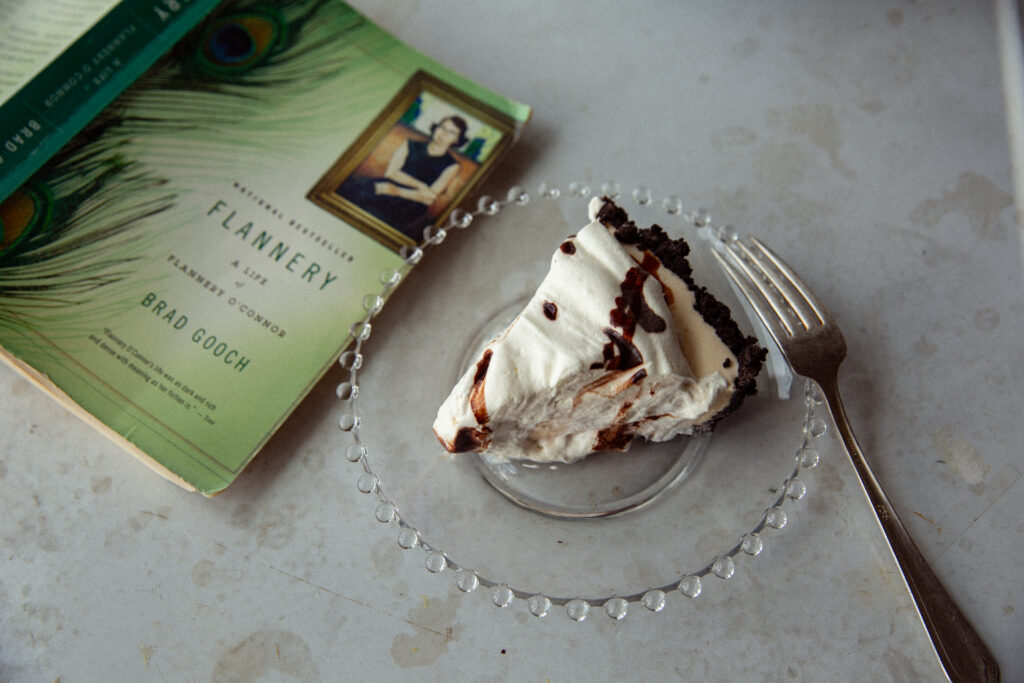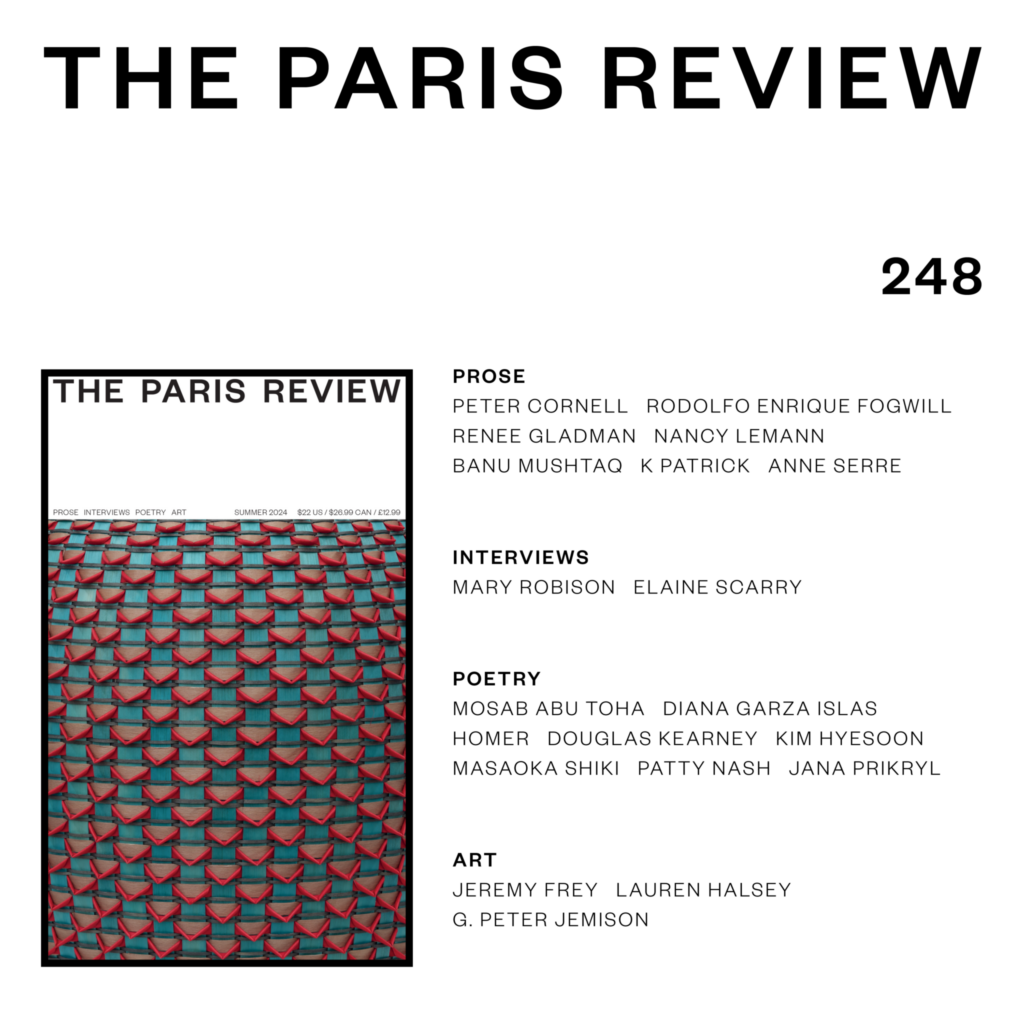Here are the Book Riot pieces that resonated most with readers this week. Catch up (or reread) whatever catches your eye:
Books By and About Vice President Kamala Harris for Readers of All Ages
In 2021, Kamala Harris made history as our first Black and South Asian American Vice President. Prior to that, she was also the second Black woman (and first South Asian American) elected to the Senate. She’s now running for President. Harris is a reader and is the author of several books. Her favorite books have been covered previously here at Book Riot. They include Native Son by Richard Wright and Song of Solomon by Toni Morrison. The Kamala Harris books below give readers of all ages the opportunity to learn more about our Vice President.
Assemble a Crew: 8 “One Last Heist” Mystery and Thriller Books
While these books all contain the trope for one last heist they’re all different from each other and should hit many kinds of readers’ tastes. There’s a graphic novel with three generations of a family, a YA novel with a heist competition, a getaway driver pulling off a perfectly planned heist, a socialite and her drag queen crew, a romance/crime novel starring a con artist, a teen pulling off a heist to save her dad, a space heist novel with a species existence at stake, and a thriller with a past and present heist with a ticking clock!
The Best Book Club Book of the Summer
As the writer for our In the Club newsletter, which focuses on all things book clubs, I stay knee-deep in some book club shenanigans. And this summer, there seems to be one book in particular that’s making the book club rounds.
Now, a little overlap in book choice among the online book clubs I follow is not necessarily unheard of—last year’s Book Club It Girls were Yellowface and Chain-Gang All-Stars—but this instance seems to be a little more than those, especially since this one book in particular is the book club selection for several book clubs at the same time.
Copyright
© Book Riot



















